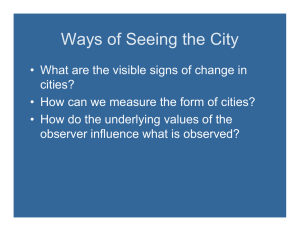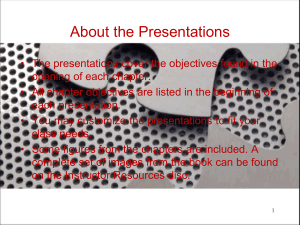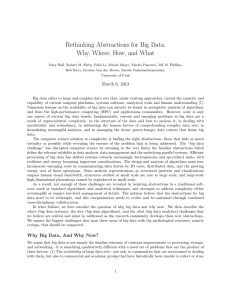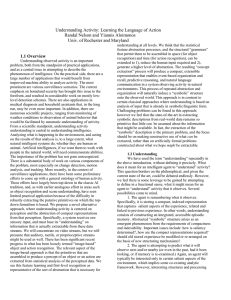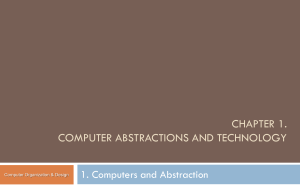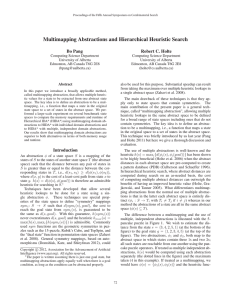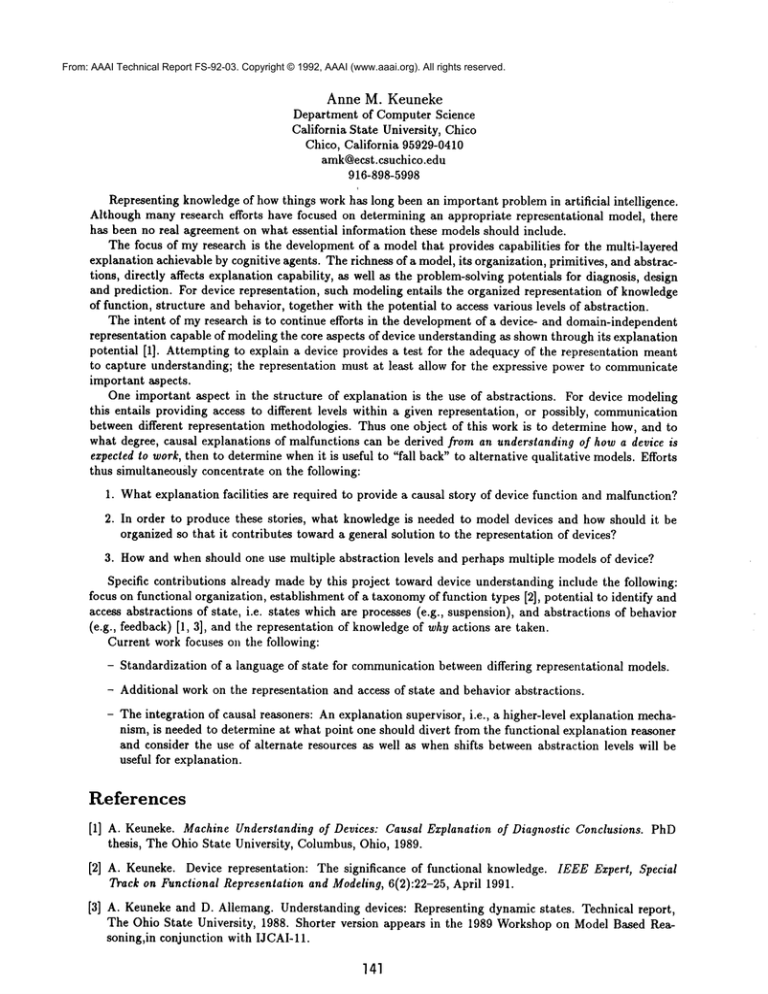
From: AAAI Technical Report FS-92-03. Copyright © 1992, AAAI (www.aaai.org). All rights reserved.
Anne M. Keuneke
Department of Computer Science
California State University, Chico
Chico, California 95929-0410
amk@ecst.csuchico.edu
916-898-5998
Representing knowledgeof how things work has long been an important problem in artificial intelligence.
Although many research efforts have focused on determining an appropriate representational model, there
has been no real agreement on what essential information these models should include.
The focus of my research is the development of a model that provides capabilities for the multi-layered
explanation achievable by cognitive agents. The richness of a model, its organization, primitives, and abstractions, directly affects explanation capability, as well as the problem-solving potentials for diagnosis, design
and prediction. For device representation, such modeling entails the organized representation of knowledge
of function, structure and behavior, together with the potential to access various levels of abstraction.
The intent of myresearch is to continue efforts in the development of a device- and domain-independent
representation capable of modeling the core aspects of device understanding as shownthrough its explanation
potential [1]. Attempting to explain a device provides a test for the adequacy of the representation meant
to capture understanding; the representation must at least allow for the expressive power to communicate
important aspects.
One important aspect in the structure of explanation is the use of abstractions. For device modeling
this entails providing access to different levels within a given representation, or possibly, communication
between different representation methodologies. Thus one object of this work is to determine how, and to
what degree, causal explanations of malfunctions can be derived from an understanding of how a device is
ezpected to work, then to determine whenit is useful to "fall back" to alternative qualitative models. Efforts
thus simultaneously concentrate on the following:
1. What explanation facilities
are required to provide a causal story of device function and malfunction?
2. In order to produce these stories, what knowledge is needed to model devices and how should it be
organized so that it contributes toward a general solution to the representation of devices?
3. Howand when should one use multiple abstraction
levels and perhaps multiple models of device?
Specific contributions already made by this project toward device understanding include the following:
focus on functional organization, establishment of a taxonomyof function types [2], potential to identify and
access abstractions of state, i.e. states which are processes (e.g., suspension), and abstractions of behavior
(e.g., feedback) [1, 3], and the representation of knowledgeof why actions are taken.
Current work focuses on the following:
- Standardization of a language of state for communication between differing representational
models.
- Additional work on the representation and access of state and behavior abstractions.
- The integration of causal reasoners: An explanation supervisor, i.e., a higher-level explanation mechanism, is needed to determine at what point one should divert from the functional explanation reasoner
and consider the use of alternate resources as well as when shifts between abstraction levels will be
useful for explanation.
References
[1] A. Keuneke. Machine Understanding of Devices: Causal Ezplanation of Diagnostic Conclusions.
thesis, The Ohio State University, Columbus, Ohio, 1989.
PhD
The significance of functional knowledge. IEEE Expert, Special
[2] A. Keuneke. Device representation:
Track on Functional Representation and Modeling, 6(2):22-25, April 1991.
[3] A. Keuneke and D. Allemang. Understanding devices: Representing dynamic states. Technical report,
The Ohio State University, 1988. Shorter version appears in the 1989 Workshop on Model Based Reasoning,in conjunction with IJCAI-11.
141

